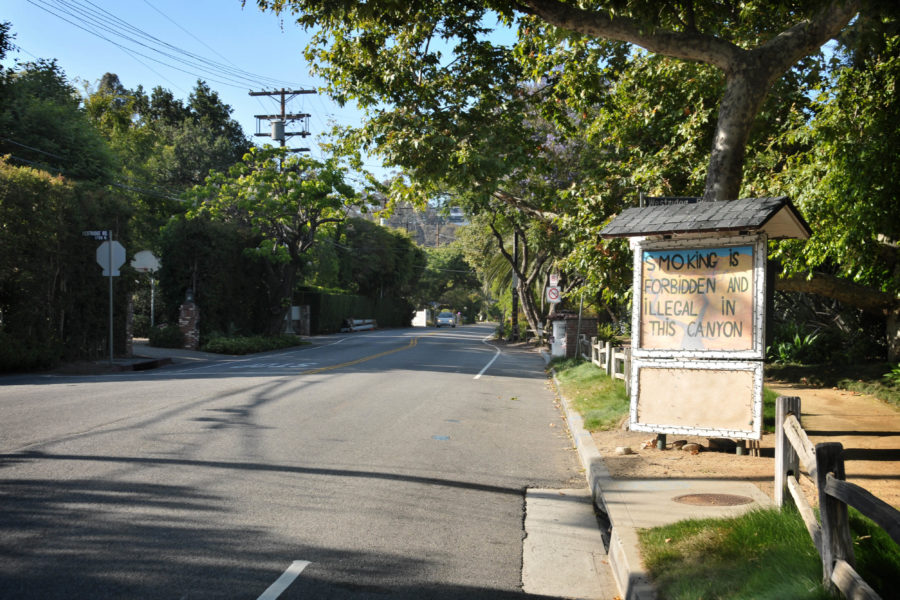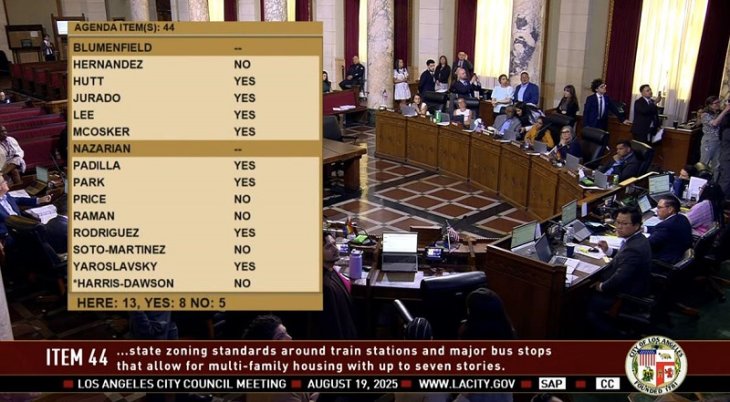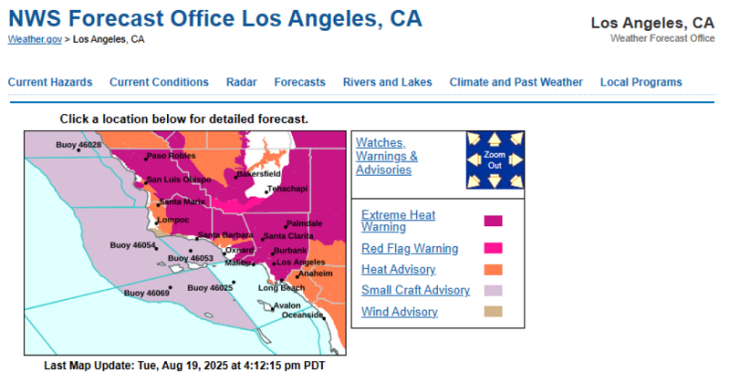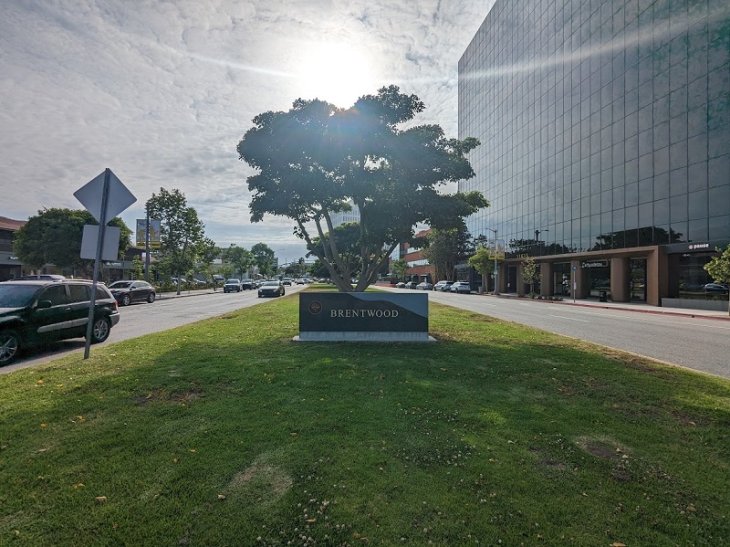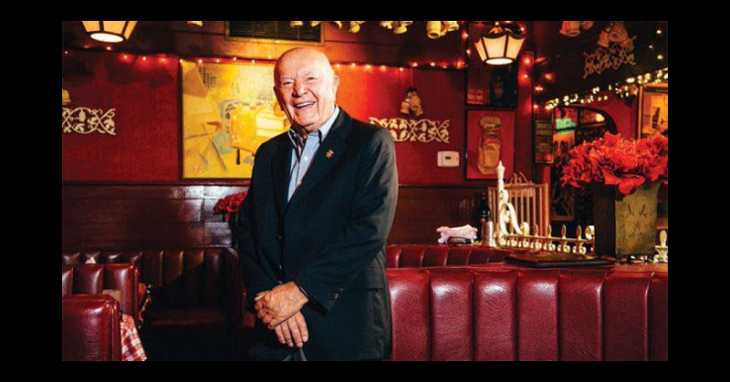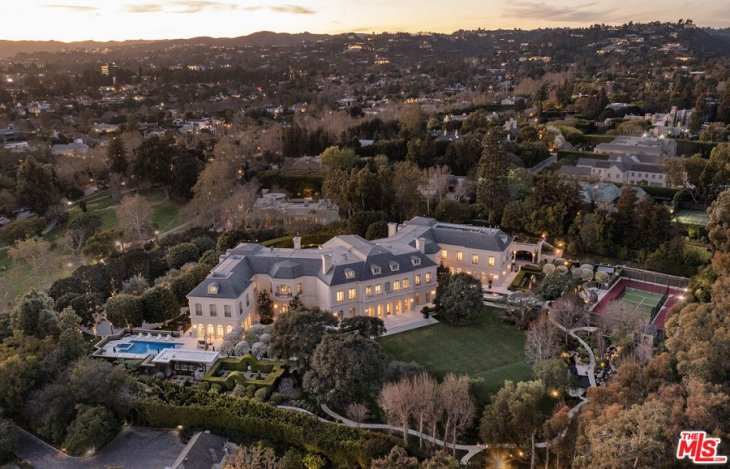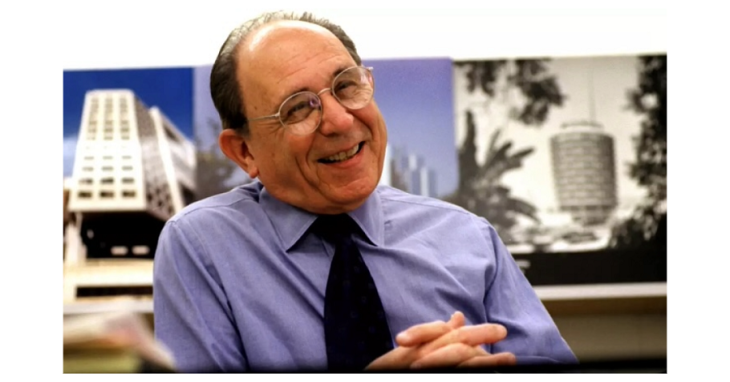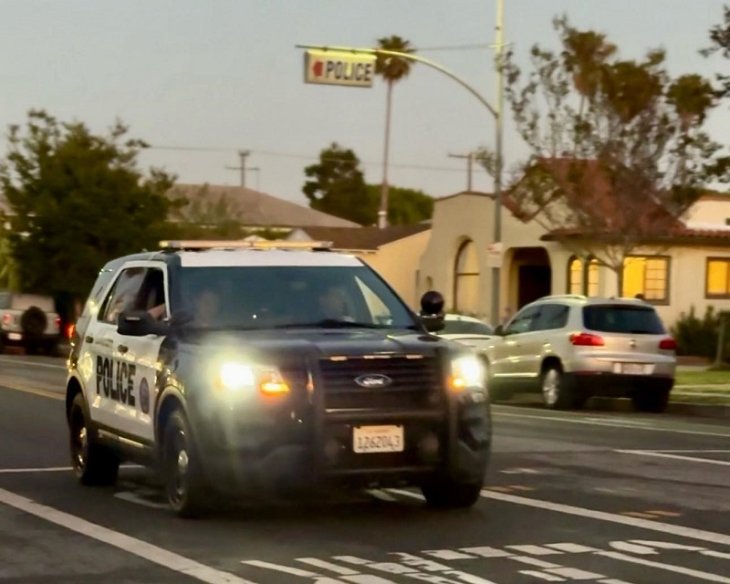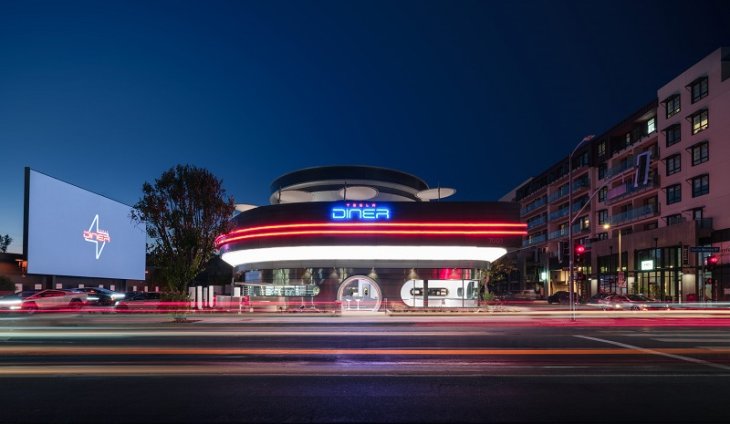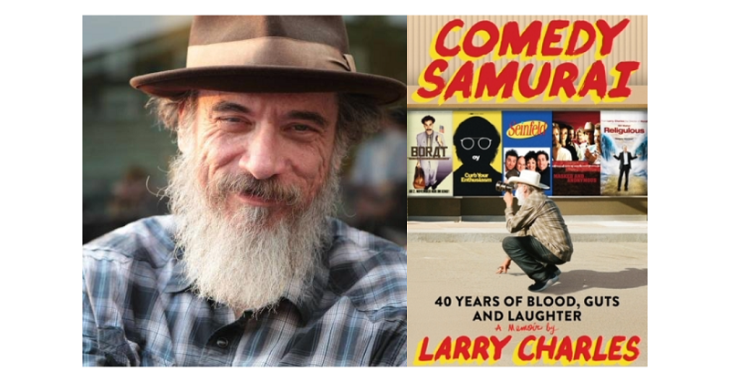
Addressing safety risks of dead zones in Westside Canyons.
By Keldine Hull
While a hike through the Santa Monica Mountains is an ideal opportunity to unplug and take a break from technology, lack of cell service throughout different communities in or near the mountains poses a safety risk. An ability to contact emergency services or to be alerted in the case of an emergency can have devastating effects, especially in areas more susceptible to wildfires.
During a Brentwood Community Council meeting on February 13, Daniel Branscome, Treasurer of the Mandeville Canyon Association addressed the lack of cell service in Mandeville Canyon and other Westside canyons.
“On the morning of December 6, a fire started in the Sepulveda Pass on the east side of the 405 and over a very short amount of time, spread and was almost 400 acres. A little over four years ago, a fire in almost the same area started a little further, closer to Mulholland and Sepulveda, and spread all the way to Malibu.” Branscome said, “This is something that’s really concerning for people on the Westside of LA. That is where these fires historically have started and because of winds, have spread to the ocean. Early morning on the 6th [of November], I got a text from one of my neighbors, ‘Did you get the alert?’ I said, ‘What alert?’ The city had used the amber alert system in our community, but because of cell phone service, I didn’t get the alert. On the 7th [of November], there was a structure fire on Mandeville Canyon Road. At 10 p.m., I’m standing on my front lawn looking at flames coming up from a house just below us on Mandeville Canyon Road. What I found out the day after that fire is that the person who saw the fire was driving out of the canyon. They saw flames, but they didn’t have cell phone signal. They had to drive all the way out to Sunset to place the 9-1-1 call to report the fire. We need to do something about cell access in West LA.”
Branscome explains that due to the unique geography of the Santa Monica Mountains, signal service is much worse than how it appears on a coverage map, an issue that affects thousands of residents in the area.
“Anyone who has ever driven up these canyon roads knows that you’re very likely to lose signal once you leave Sunset. You may reacquire signal once you get to your house, if you live up on a ridge line or if you get to your house and you have WiFi assist to provide signal. Most likely you’re in a situation where you’re going to have gaps in coverage. If you look at any of the cell provider maps of where they provide coverage, they all claim that all of this area has at least some coverage, and it’s just not true.”
While a tower may be present in any given area, obstruction between the tower and a device will result in a loss of coverage. Weather also plays a factor; the marine layer and cloudy conditions along the Westside also have an impact on coverage.
With advancements in technology, there are possible solutions and steps that residents can take to improve service in areas with weakened reception. According to Branscome, one solution is to reach out to carriers and encourage them to build additional cell towers within the boundaries of the Brentwood and Pacific Palisades hillside neighborhoods. In addition, AT&T’s Mark the Spot mobile app allows users to report dropped calls and other network issues. AT&T uses the feedback to better target network optimization and address issues that are concentrated in specific areas.
A second solution is to request that city planners install Philips’ SmartPoles, in collaboration with Ericsson, that help to boost broadband coverage throughout the city. According to Ericsson’s website.
“Los Angeles is the world’s first city to deploy Philips’ SmartPole street lighting with fully built-in 4G LTE wireless technology from Ericsson. The collaboration between Philips and Ericsson delivers on the latest Internet of Things (IoT) innovation and provides a double benefit to LA citizens: high quality, public lighting that is energy efficient, as well as improved network performance in dense urban areas.”

